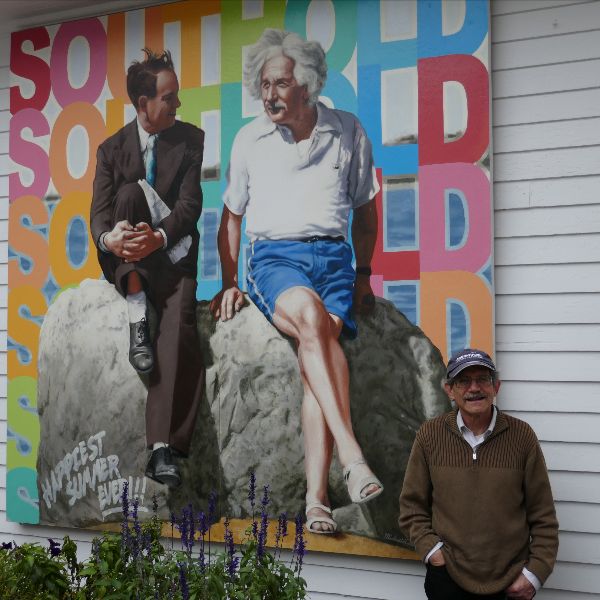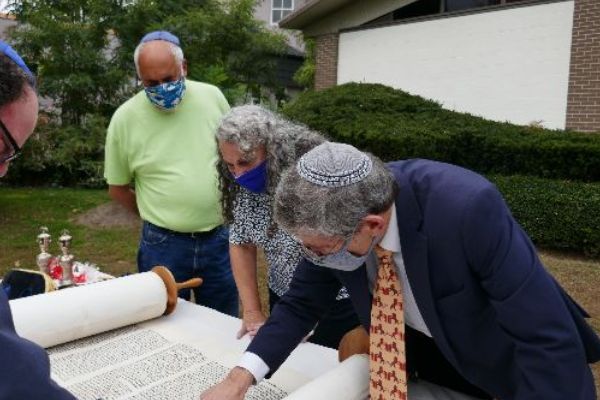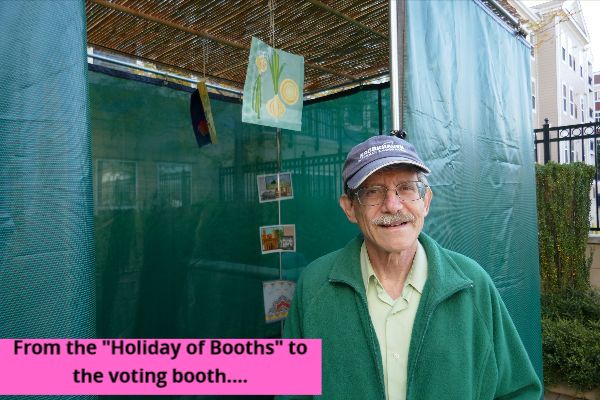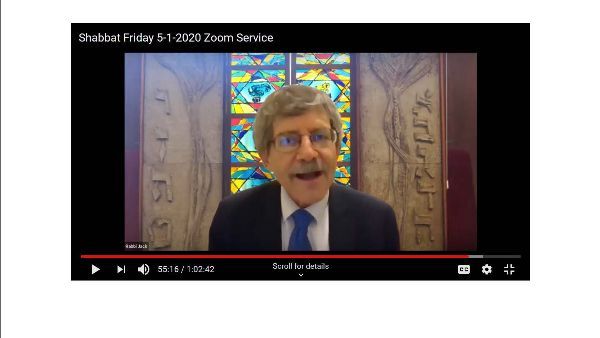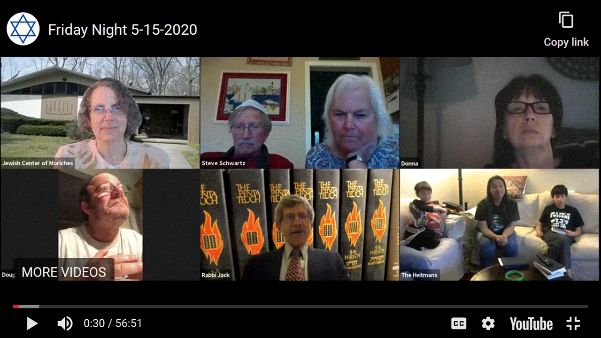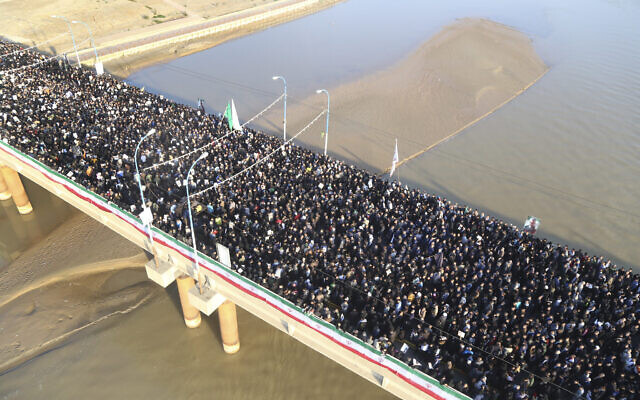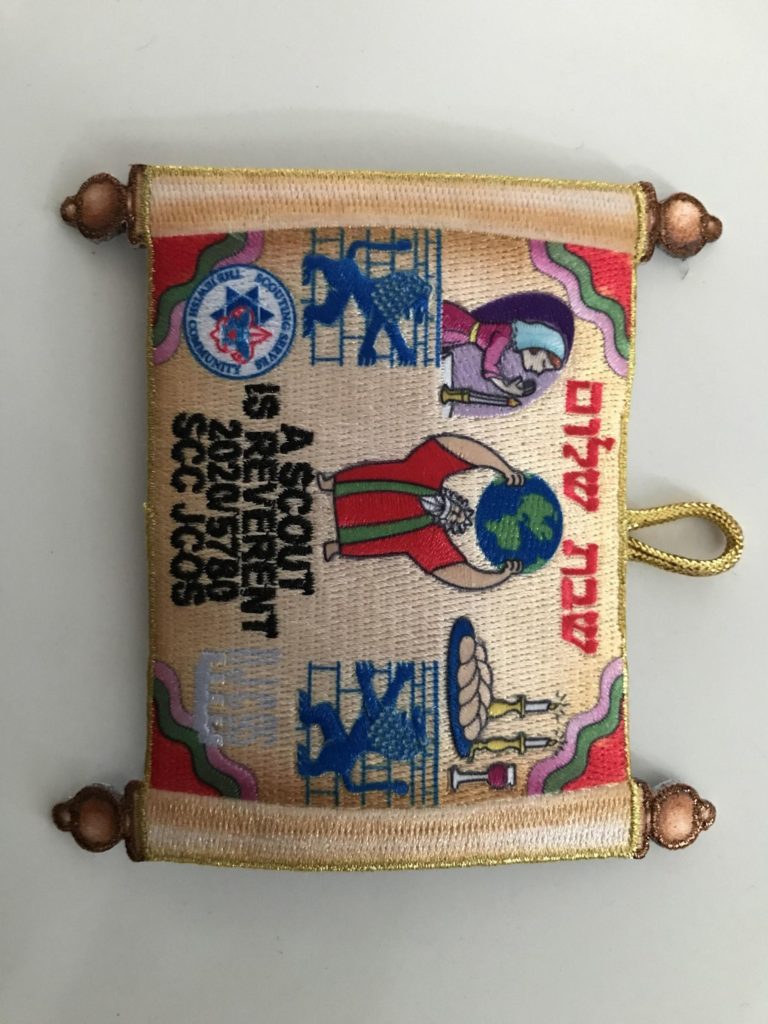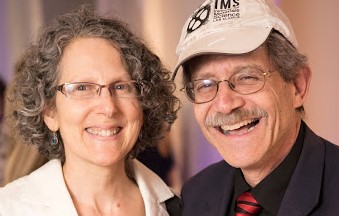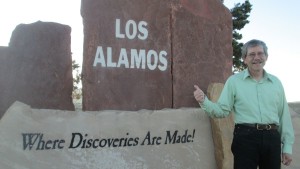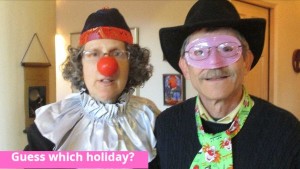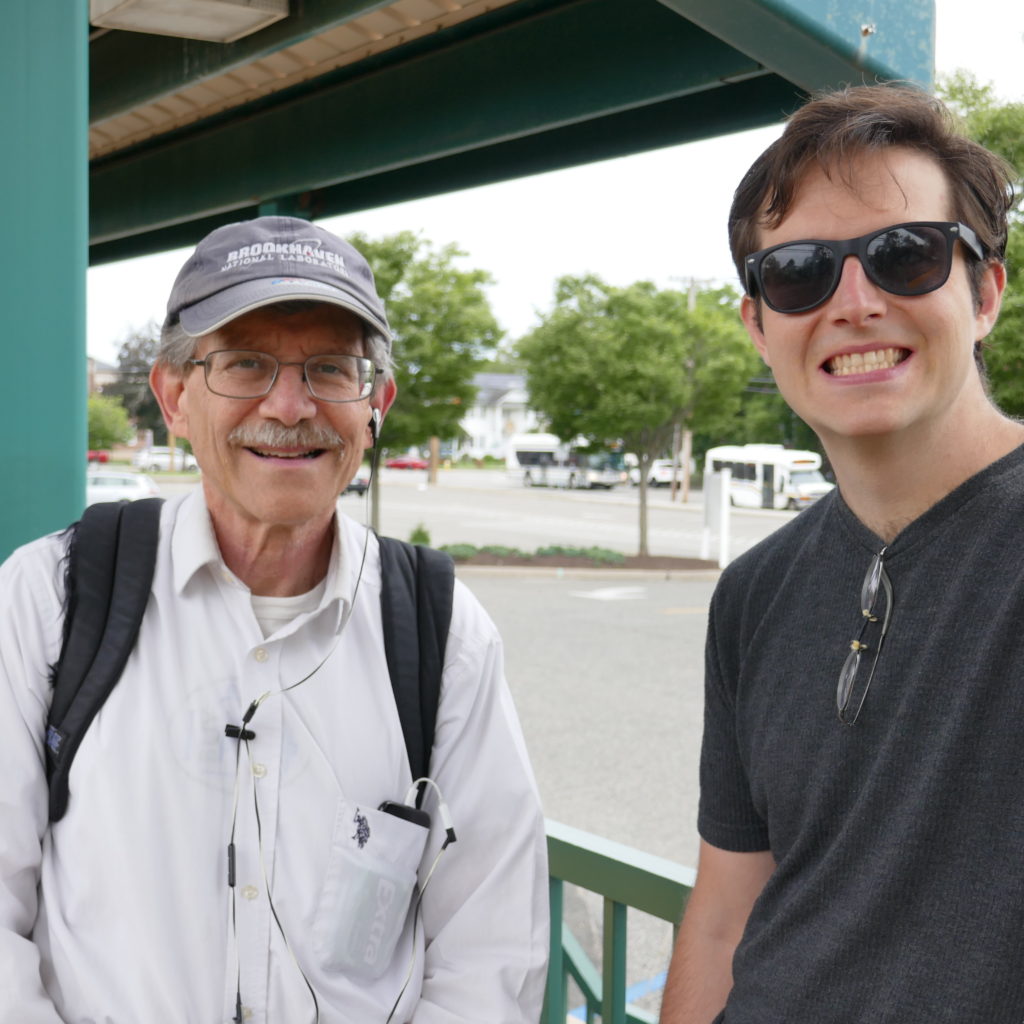
This past quarter has certainly seen Beverly and me venturing back out into the world more than any time in the previous year, driven in large part by our achieving fully vaccinated status. (If you’re eligible for the vaccine but not vaccinated, I’d like to hear your concerns and share some guidance from a rabbinic perspective; see https://www.rabbinicalassembly.org/sites/default/files/2021-01/Vaccination%20and%20Ethical%20Questions%20Posed%20by%20COVID-19%20Vaccines%20-%20Final.pdf for some examples of relevant texts).
With the generosity of the UJA-Federation of New York and the New York Board of Rabbis, we headed up to a retreat center in northwestern Connecticut for a few days of most fulfilling and much needed R&R, study, and fellowship along with about 20 New York rabbis. From there, Beverly and I then visited the Yiddish Book Center in Amherst, Massachusetts, for their first day of reopening after a 15-month hiatus. All this followed my engagement in an intensive, ten-day, remote Yiddish Book Center program entitled “The Great Jewish Books for Clergy and Educators.”
These rich activities together conspired to suggest to me that my reading of texts has become a bit too superficial, with a focus on quantity over quality, and I am now inspired to spend more time savoring words on the printed page rather than gulping them down. Perhaps this message can apply to how we approach prayer in the sanctuary as well, and as we begin to prepare ourselves for the High Holiday experience, it may be helpful to practice dwelling on a single passage that catches our eye rather than feel bound to turn pages at the pace of the prayer leader. Please consider giving this a try over the next few months as you attend worship services during the months of Av and Elul preceding Rosh HaShanah – note the subtle hint to familiarize yourselves with the liturgy before the Jewish New Year!
Several rabbi opportunities presented themselves to me these past months – among these were leading an in-person Bar Mitzvah ceremony at the Jewish Center of the Moriches (JCM) as well as one on a beach in Montauk, NY, delivering talks on the Aleph Bet and on Estrangement of Adult Children from Parents, giving a D’var Torah at HaMakom in Santa Fe over Zoom and one in person at Temple Beth-El in Patchogue thanks to the graciousness of my friends and teachers Hazzan Cindy Freedman and Rabbi Azriel Fellner respectively, offering short teachings at a JCM nature hike and a Life and Legacy Chai Tea, and sharing a blessing with a congregant at a round number birthday. Perhaps most enjoyable, however, was serving as a remote guest “lecturer” as my son, Dov, taught a lesson to a 12-year old who is studying for Bar Mitzvah. When I declined the request of the parents to teach regularly because of too many other obligations, Beverly suggested Dov as a Bar Mitzvah teacher, and he willingly took on the task. I was beaming with pride (shepping nachas) as I watched Dov in action, and I look forward to the ceremony in 2022. In the meantime, I’ll continue reading books from our home library, but maybe at reduced speed.
B’shalom, Rabbi Jack
Last quarter’s reading list, with highlights denoted by an asterisk*
Theodor Herzl: The Charismatic Leader – Yale Jewish Lives series – Derek Penslar
Undula – Bruno Schulz – tr. from Polish by Frank Garrett
Responsa in a Moment: Halakhic Responses to Contemporary Issues Volume II* – David Golinkin
Essential Prose – Avrom Sutzkever – tr. Zackery Sholem Berger
Redeeming Relevance in the Book of Numbers – Francis Nataf
The Last Interview* – Eshkol Nevo – tr. Sondra Silverston
Studies in the Variety of Rabbinic Cultures – Gerson Cohen
The Tale of a Niggun – Elie Wiesel, illus. Mark Podwal
The Dark Young Man – Jacob Dinezon – tr. Tina Lunson
Ask the Rabbi: Women Rabbis Respond to Modern Halakhic Questions – Monique Susskind Goldberg and Diana Villa
Mother of Royalty: An Exposition of the Book of Ruth in the Light of the Sources – Yehoshua Bachrach
The Wandering Beggar – Solomon Simon
Rules of Estrangement: Why Adult Children Cut Ties and How to Heal the Conflict – Joshua Coleman
The Legends of the Rabbis Volume 2 – Judah Nadich
The Pharisees and Other Essays – Leo Baeck
City of Palaces – Poems by Isaac Berliner, Drawings by Diego Rivera, tr. Mindy Rinkewich
The Status of Women in Jewish Law: Responsa – David Golinkin
The Canvas and Other Stories* – Salomea Perl – tr. Ruth Murphy
Jokes and Their Relation to the Unconscious – Sigmund Freud – tr. James Strachey
Strange Ways – Rokhl Faygenberg – tr. Robert and Golda Werman
Redeeming Relevance in the Book of Deuteronomy – Francis Nataf

